Why Blueberries Are A Must-Eat Food: History and Recipes
Blueberries are one of Mother Nature's most healthy superfoods. Here's why you should be eating them, with delicious recipes to try!
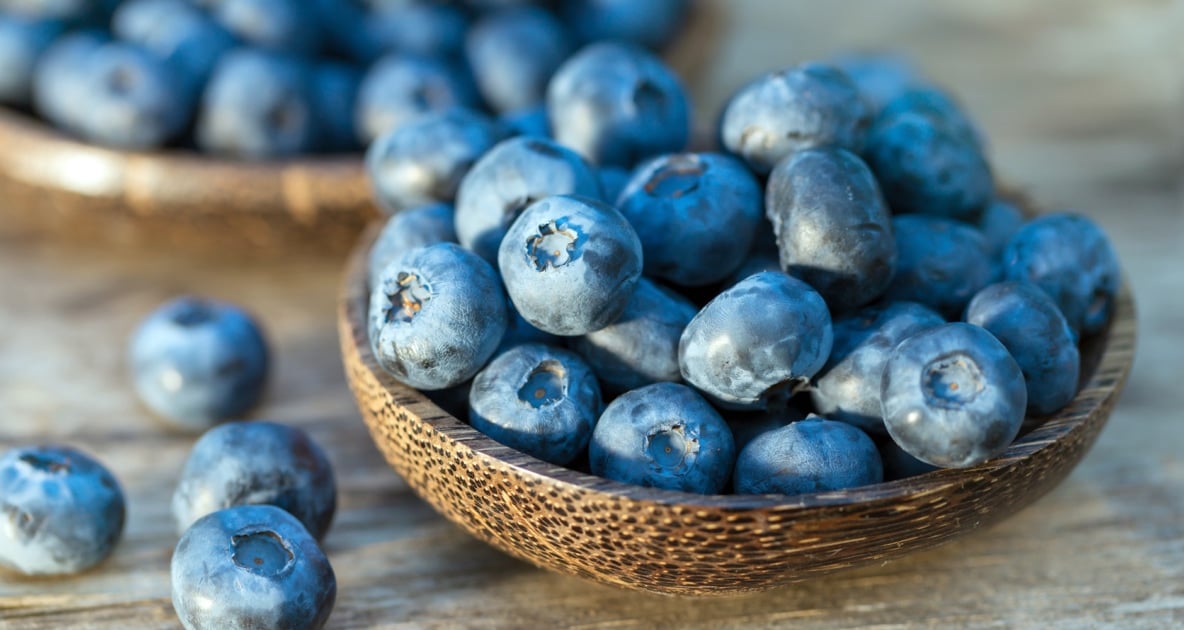
“If you want to be cancer-free, don’t forget the blueberry!” is a little ditty I wrote years ago for a Farmers’ Almanac special event. In the intervening years, I’ve learned a lot about various superfoods. Yet, the blueberry remains at the top of my go-to superfoods list as the healthiest and most delicious.
Blueberries: A Little History
Blueberries are native to America and readily lend themselves to being the “blue” in many patriotic dishes, so eating them is a great way to express your nationalism! Berry season is a great time to celebrate not only their utter scrumptiousness and wholesomeness but their astounding number of health benefits, too. They are high in fiber and low in calories and have practically no fat. This makes them perfect for satisfying your appetite and sweet tooth, managing your cholesterol and weight, and maintaining your digestive regularity and heart health.
Eat The Colors of the Rainbow
If you strive to “eat a rainbow” of whole foods each day to help your body get a complete range of nutrients, then blueberries should be a welcome part of your diet. Blueberries get their blue color from plant pigments called anthocyanins, the same pigments that give the red coloring to the autumn leaves.
Anthocyanins are among the many polyphenols contained in blueberries. Studies suggest that polyphenols have antioxidant, anti-inflammatory properties that play an important role in helping to lessen the inflammatory process associated with chronic conditions, such as cancer and cardiovascular disease. Not only are polyphenols helpful in preventing health problems, research indicates they promote health by warding off common problems and certain effects of aging, such as age-related cognitive decline.
Blueberries’ Health Benefits
Blueberries are high in …
- Vitamin C, which is needed for the growth and repair of tissue throughout the body and is an antioxidant that blocks some of the damage caused by free radicals, thereby promoting a healthy immune system. Blueberries are the fruit that has the highest antioxidant levels.
- Vitamin K, known as the clotting vitamin because without it blood would not clot. Some studies suggest that it helps maintain strong bones in the elderly.
- Vitamin B6, to help the body make antibodies needed to fight many diseases; maintain normal nerve function; make hemoglobin to carry oxygen in red blood cells to the tissues; break down proteins, and regulate blood sugar.
- Phosphorus, the second most abundant mineral in the body, which is important for growth and cell reproduction. It also helps to break down nutrients.
- Manganese, important for bone and connective tissue formation and for brain and nerve function. It is also involved in fat and carbohydrate metabolism, calcium absorption, and blood sugar regulation.
Eating and Storing Blueberries
Now that you’re super knowledgeable about this fantastic fruit, go out and get yourself some blueberries! When you do, eat them as soon as possible, because they begin to lose their nutritional value as soon as they are picked. Some say that the best time to wash blueberries is never because it’s the best way to ensure they won’t get moldy or spoil quickly. Barring that, wash them just before you eat them or use them in a recipe. Use a minimal amount of water and definitely don’t soak them—you don’t want them to get water-logged. But berries carry mold spores so rinsing them before eating is important.
As for storage, a colander or berry bowl that affords some air circulation works best. Pick through them first to ensure there isn’t a moldy one in the bunch which can speed up rotting in the container. If need be, you can always freeze them. Scatter them on cookie sheets to initially freeze them, and then transfer them to storage bags or containers for further storage in the freezer.
Blueberry Varieties
There are two types of blueberries: high bush (which are cultivated and larger) and low bush or wild (which are smaller—a Maine staple!). Regardless of which type you prefer, there are many ways to enjoy blueberries. Most people eat them for breakfast—in muffins (see recipe below) and pancakes or on cereal—or for dessert—in cobblers, pies, and sauces. Why not give these blueberry recipes a try?
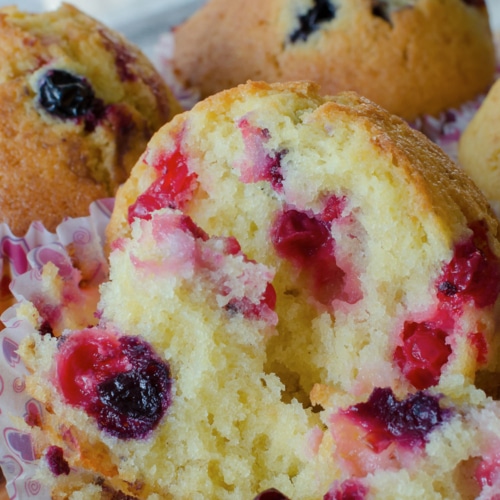
Blueberry Corn Muffins
Ingredients
- 1 cup all-purpose flour
- 1 cup yellow cornmeal
- 1 tablespoon double-acting baking powder
- 1 teaspoon salt
- 1 stick (1/2 cup) butter, melted and cooled
- 1 large egg
- 1/3 cup honey
- 1/3 cup white sugar
- 3/4 cup whole milk
- 2 cups fresh blueberries
Instructions
- Preheat oven to 425°F.
- In a bowl whisk together flour, cornmeal, baking powder, and salt. In a separate bowl whisk together the cooled melted butter, egg, honey, sugar, and milk.
- Stir the butter mixture into the flour mixture, incorporating until the batter is just combined. Fold in the blueberries. Don’t overmix!
- Divide the batter among 12 1/2-cup muffin tins (use cupcake liners or grease tins with butter). Bake on the center rack for 15 to 20 minutes, or until muffins are golden brown and a toothpick comes out clean. Let them cool on a wire rack. Enjoy!
Super-Duper Blueberry Pizza
Ingredients
- 1 pre-made whole grain pizza crust
- 4 slices of bacon, cut into one-inch pieces
- 1 package (6 ounces) baby spinach
- ¼ cup coarsely chopped walnuts
- 1 cup cheddar cheese
- 1 cup fresh blueberries (or frozen blueberries, thawed and drained)
- 2 tablespoons grated parmesan cheese
Instructions
- Preheat oven to 450°F.
- In a large skillet, cook bacon until slightly crispy. Remove bacon and drain.
- Retain bacon grease in the skillet and sauté the spinach until wilted, about 2 to 3 minutes. Drain any liquid from the spinach if necessary.
- Brush some of the warm bacon grease over the pizza crust (optional), and then top with the spinach, bacon, and walnuts, followed by two-thirds of the cheddar cheese.
- Reduce oven heat to 425° and bake for 8 to 10 minutes or until the crust is light brown.
- Top with the blueberries and remaining cheddar cheese, and then sprinkle the parmesan cheese on top.
- Bake another 1 to 2 minutes or until the parmesan cheese is melted and golden brown.
- Slice and serve. Serves 6.
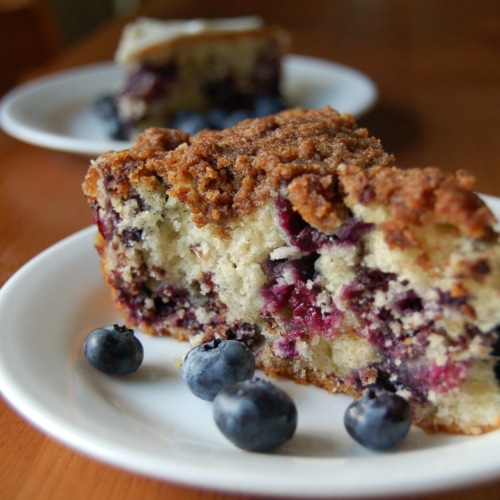
Blueberry Buckle
Ingredients
- ¼ cup butter
- ¼ cup sugar
- 1 egg
- 1 cup sifted flour
- 1 teaspoon baking powder
- ¼ teaspoon salt
- ¼ cup milk
- ½ teaspoon vanilla
- 1 pint fresh or frozen blueberries (slightly thawed if using frozen)
Topping
- ¼ cup flour
- ¼ cup sugar
- ¼ teaspoon cinnamon
- ¼ cup butter
Instructions
- Sift the flour, baking powder, and salt together and add to the creamed mixture alternately with the milk.
- Add the vanilla and mix thoroughly spread this batter over the bottom of a greased baking pan (9 x9 x 2½).
- Scatter the blueberries over the batter.
- For the Topping: Combine the flour, sugar, and cinnamon, then cut in the butter until the mixture resembles coarse meal.
- Scatter this over the blueberries and bake in a 350º F. oven for 40 minutes or until nicely browned on top. Cut into squares to serve while still warm.
Looking for a blueberry pie recipe? We’ve got one!

Jean Grigsby
Jean Grigsby is a writer, who lives on the banks of the Kennebec River in Chelsea, Maine. She enjoys working out, reading, and running her marketing and public relations business, The Write Approach. Her article, Where Are All The Birds? appears in the 2021 Farmers' Almanac.


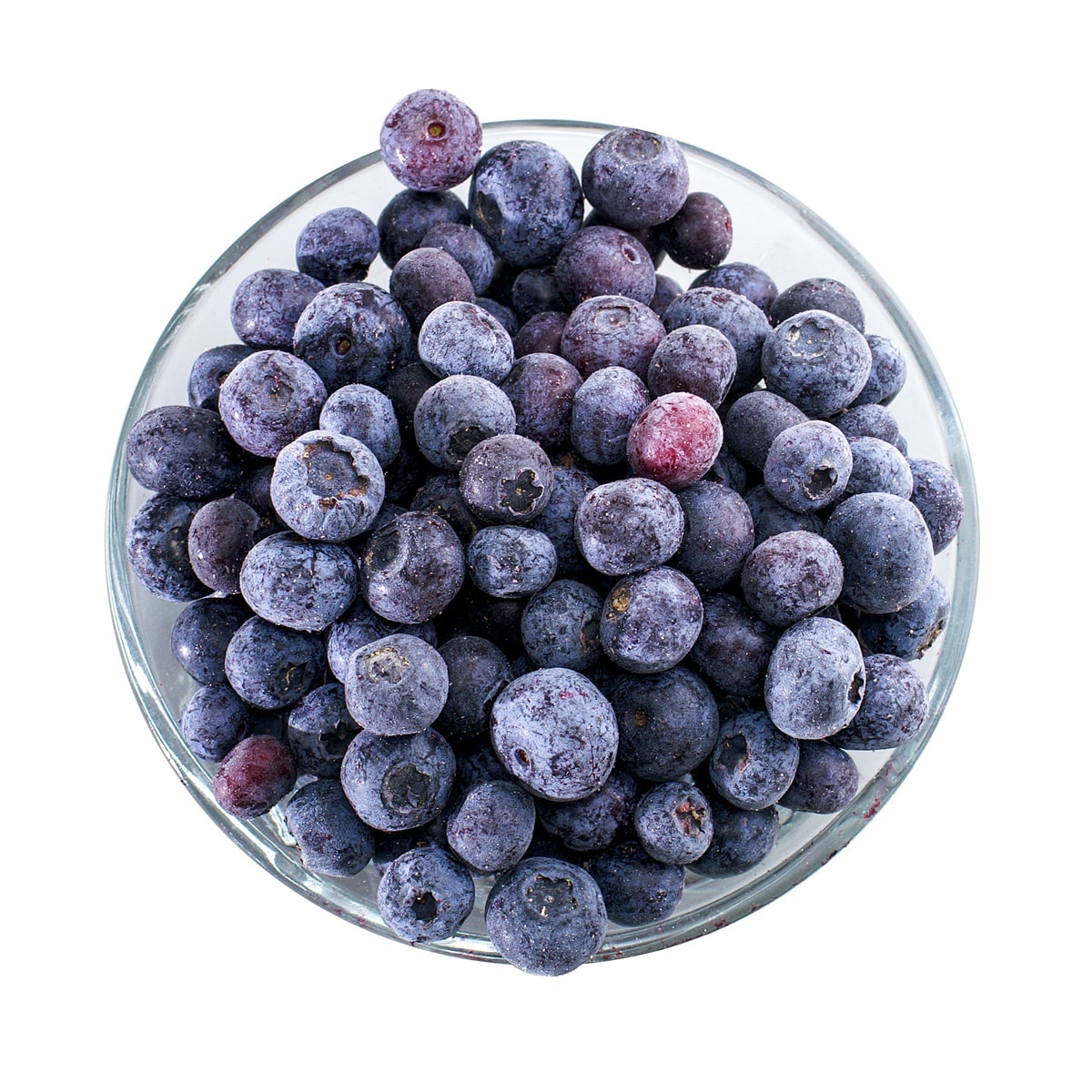
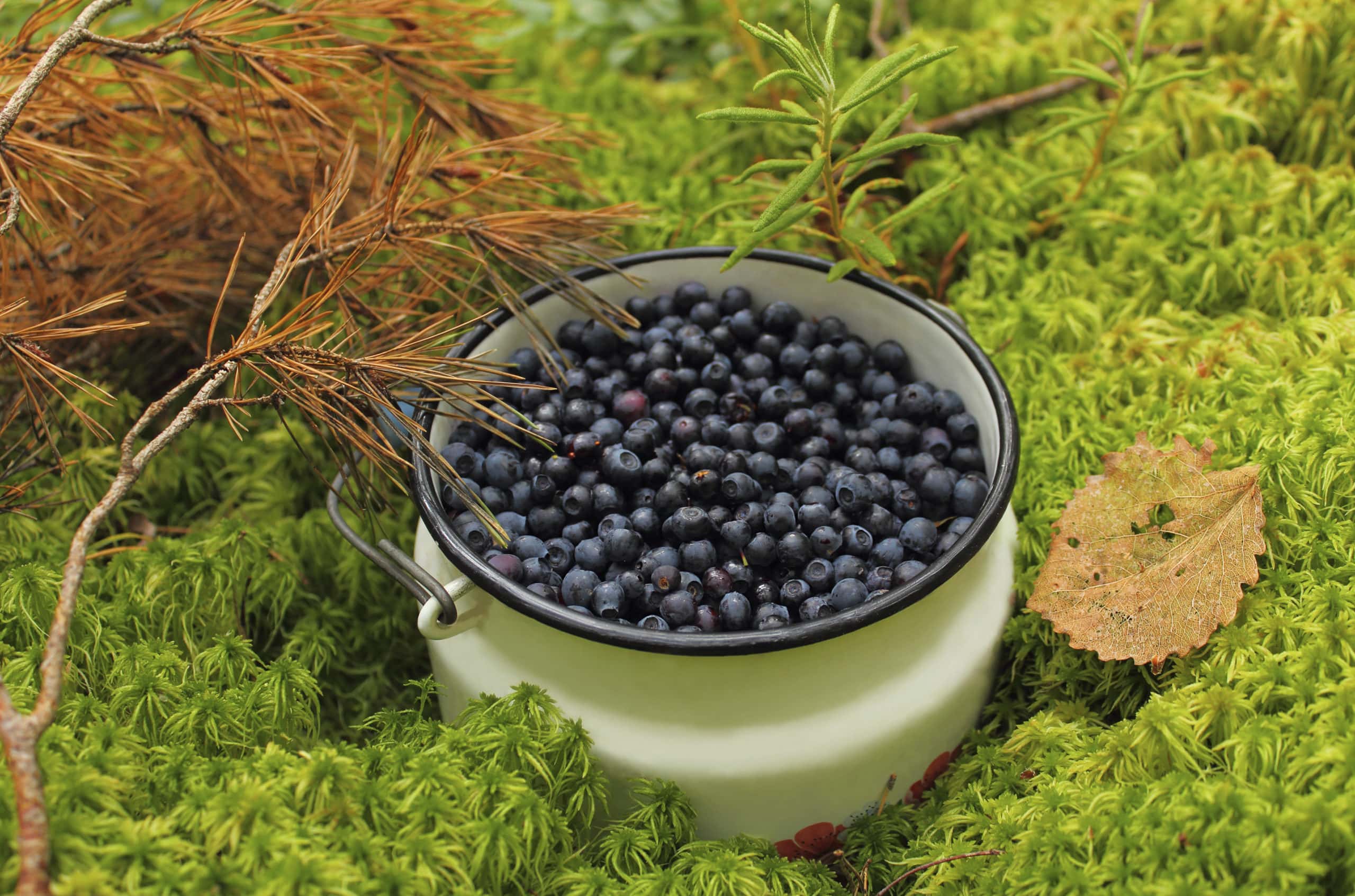
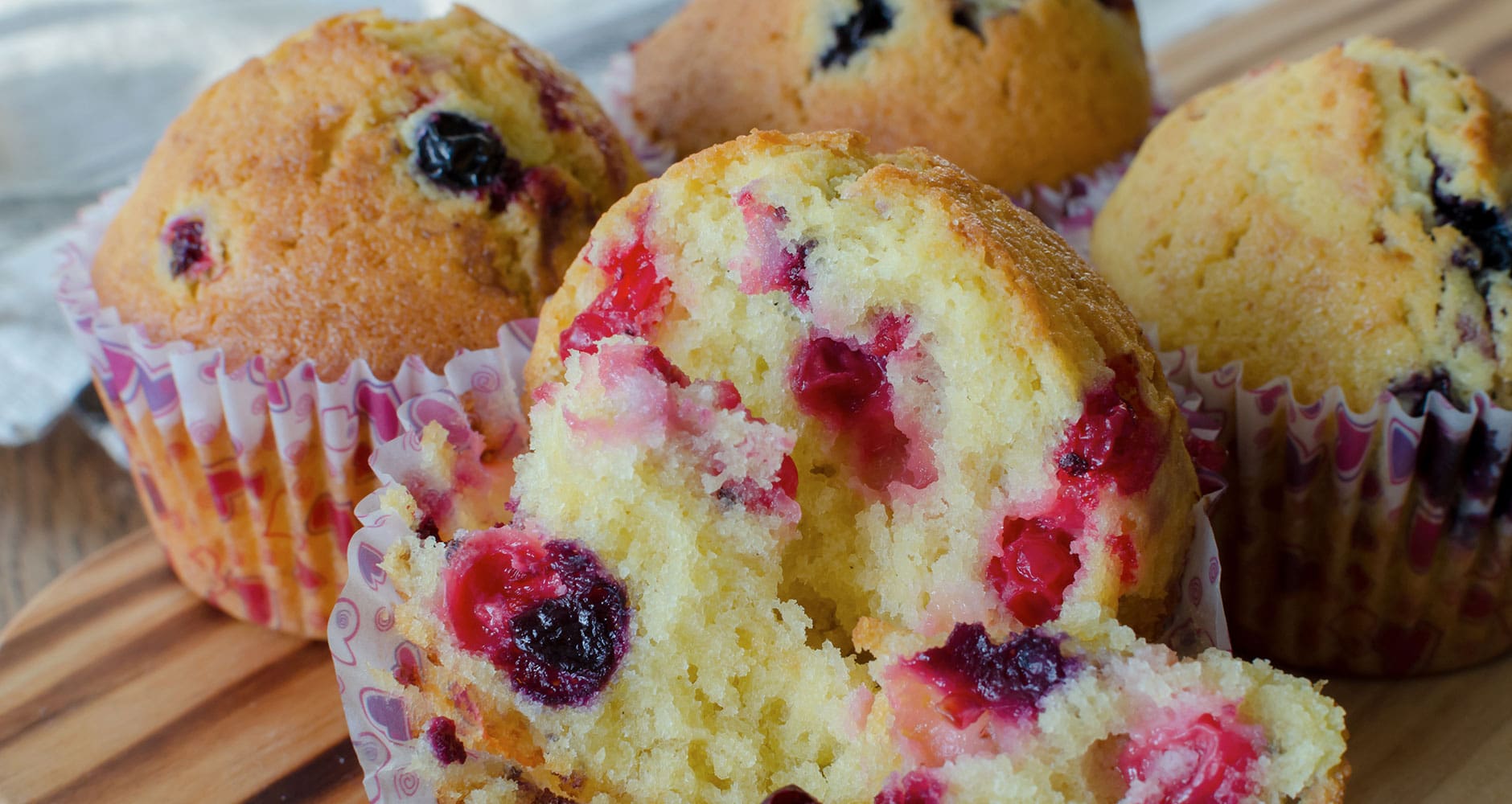
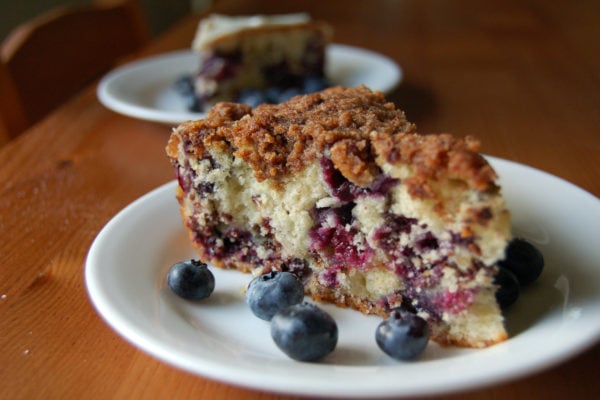

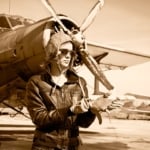



Thanks for the recipes. Blueberries are my favorite. Do you have a good pancake recipe also.
Also…
Freezing is a very gentle process to preserve food. Very low temperatures inhibit growth of microorganisms and retard enzymic and chemical activity (minus 18 degrees Celsius). Especially the content of vitamin C, one of the most sensitive nutrients, almost is the same like in fresh picked berries and it will almost stay the same for months. For example, if you store fruit for three days without freezing, it will loose about 50 percent of its vitamin C content. Fresh and frozen berries almost have the same nutritional value.
Self picked fresh berries eaten immediately after harvests are the best choice in obtaining essential nutrients. Unfortunately today’s lifestyle does not allow everybody to find easily or to grow his or her own fresh berries. The next best choice is frozen, especially if they are frozen immediately after they are picked. Frozen berries are often more nutritious than berries that have been transported a long distance over a long time as they begin to lose some of their nutrients right after picking. Berries frozen right after harvest preserve many of their nutrients and phytochemicals.
What percent of the benefits of blueberries disappear after being frozen? We like to freeze them for enjoyment throughout the year.